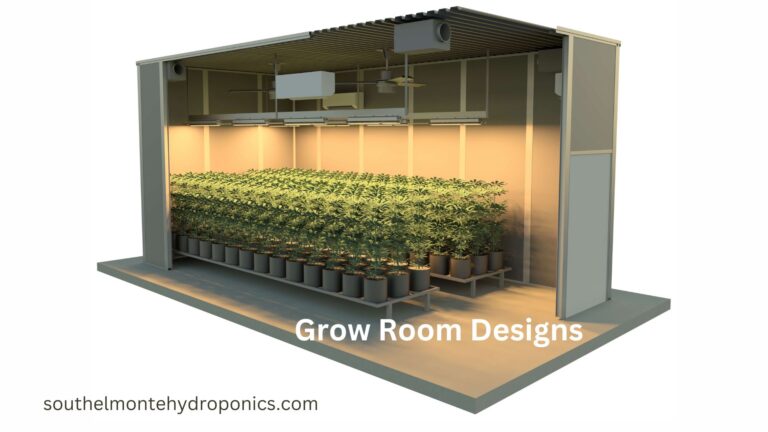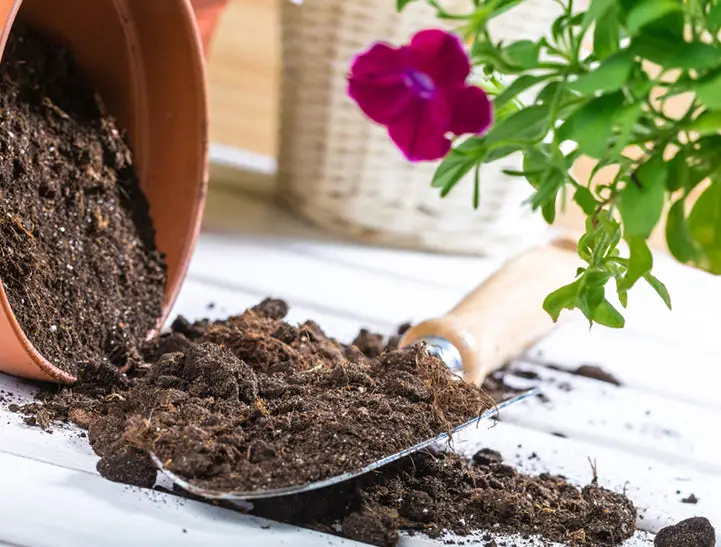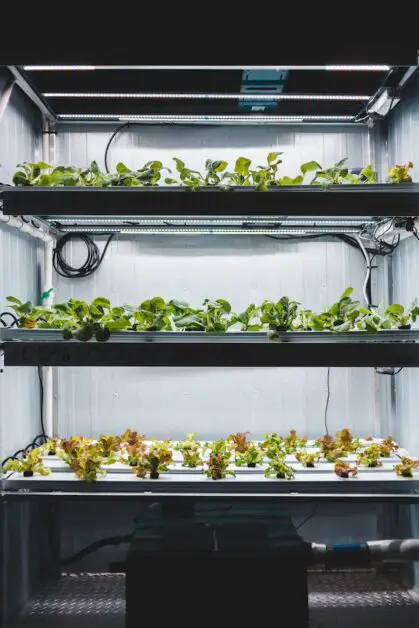Anise Cultivation Mastery: Super Nurturing Homegrown Aniseed
Table of Contents
Benefits of Growing Anise at Home
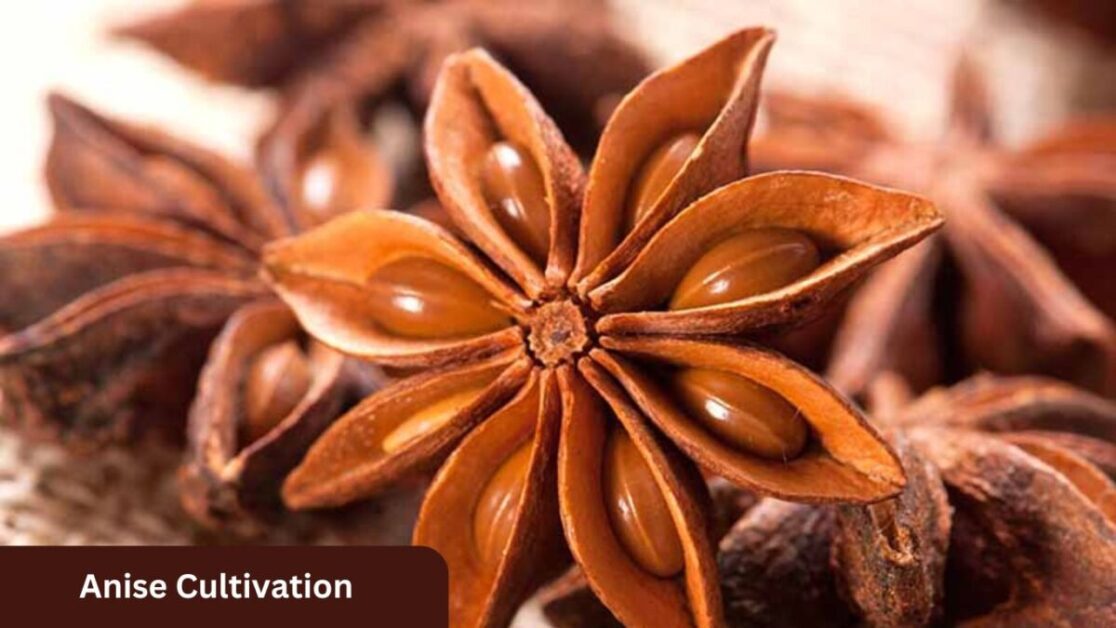
Anise Cultivation, scientifically known as Pimpinella anisum, is a delightful herb that offers a myriad of benefits for home gardeners. Known for its distinctive licorice-like flavor and aromatic seeds, growing anise at home can be a rewarding experience. One of the key advantages of cultivating anise is its versatility in culinary applications. Whether used in teas, desserts, or savory dishes, anise adds a unique flavor profile that can elevate your cooking to new heights. Additionally, anise is valued for its medicinal properties, with potential benefits ranging from aiding digestion to soothing coughs and even acting as a natural insect repellent.
Moreover, growing anise at home allows you to have a fresh and readily available supply of this flavorful herb whenever needed. By having your own anise plants, you can ensure the quality and freshness of the seeds and leaves, enhancing the taste and potency of your culinary creations. In addition to the practical benefits, tending to anise plants can also be a therapeutic and enjoyable hobby, connecting you to the natural world and providing a sense of accomplishment as you nurture these versatile herbs from seed to harvest.
Ideal Growing Conditions for Anise Plants
Anise plants thrive best in warm climates with plenty of sunlight, making them ideal for growth in regions with temperatures ranging from 50 to 86 degrees Fahrenheit (10 to 30 degrees Celsius). This aromatic herb requires well-draining soil rich in nutrients, such as loamy or sandy soil types, to support its growth and development. Adequate air circulation around the plants is crucial to prevent fungal diseases and ensure proper pollination of the delicate flowers.
Additionally, anise plants benefit from consistent moisture levels, requiring regular watering to keep the soil evenly moist but not waterlogged. Mulching around the base of the plants can help retain moisture, regulate soil temperature, and suppress weed growth. To promote healthy growth, it is essential to provide anise plants with sufficient space to prevent overcrowding and allow for proper air circulation, which reduces the risk of diseases and pest infestations.
Choosing the Right Soil for Anise Cultivation
Anise plants thrive best in well-draining soil that is rich in nutrients. A loamy soil with a pH level between 5.5 and 7.5 is ideal for anise cultivation, as it allows for proper root development and nutrient absorption. Additionally, anise prefers a soil that is light and friable, ensuring good aeration and water retention without becoming waterlogged. Before planting anise seeds or seedlings, it is essential to amend the soil with compost or well-rotted manure to provide the necessary nutrients for healthy growth.
Avoid heavy clay soils for cultivating anise, as they can hinder root growth and lead to waterlogging, which may cause root rot and other issues. Sandy soils, on the other hand, drain too quickly and may not retain enough moisture for optimal growth of anise plants. By selecting the right soil type and preparing it adequately before planting, you can set the foundation for successful anise cultivation and ensure a plentiful harvest of seeds and leaves for culinary and medicinal use.
Propagation Methods for Anise Seeds
Anise plants can be propagated through seeds, providing a cost-effective and rewarding way to expand your anise garden. To begin the propagation process, it is essential to select high-quality anise seeds from a reliable source. Make sure the seeds are fresh, viable, and free from any signs of damage or deterioration.
Once you have obtained the seeds, prepare a well-draining, nutrient-rich soil mix in small containers or seed trays. Sow the anise seeds at a shallow depth, approximately 1/4 inch deep, and lightly cover them with soil. Keep the soil consistently moist but not waterlogged to encourage germination. Place the containers in a warm, sunny location or under grow lights to promote seedling growth. With proper care and attention, the anise seeds should germinate within 10-14 days, signaling the start of a successful propagation journey.
Watering and Irrigation Tips for Anise Plants
Anise plants require consistent moisture throughout their growing season to thrive and produce high-quality seeds. Adequate watering is crucial for the development of strong root systems and flavorful seeds. Anise plants generally prefer a moist but well-draining soil environment. It’s essential to water the plants regularly, keeping the soil consistently damp but not waterlogged. Overwatering can lead to root rot and other fungal diseases, so it’s important to strike the right balance.
During the hotter months, anise plants may need more frequent watering to combat evaporation and ensure optimal growth. However, it’s crucial to avoid watering the plants in excess, as this can lead to issues like waterlogging and root suffocation. Additionally, consider mulching around the plants to help retain soil moisture and reduce water evaporation. By closely monitoring the soil moisture levels and adjusting your watering frequency accordingly, you can help your anise plants thrive and yield a bountiful harvest of aromatic seeds.
Common Pests and Diseases Affecting Crops of Anise Cultivation
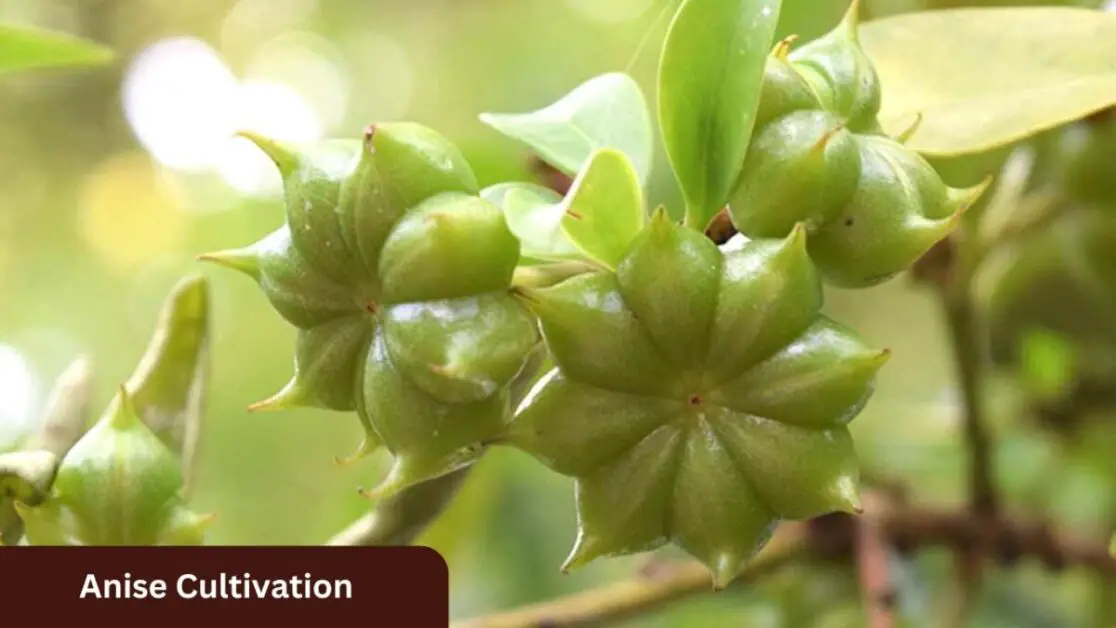
Anise crops are vulnerable to various pests and diseases that can significantly impact their growth and productivity. Among the common pests that affect anise plants are aphids, which feed on the sap of the plant and can cause stunted growth and leaf curling. Another troublesome pest is the spider mite, which thrives in hot and dry conditions and can cause yellowing and speckling of leaves. Additionally, caterpillars can also pose a threat to anise crops by consuming the leaves and tender shoots, leading to defoliation and reduced plant vigor.
In terms of diseases, anise crops are susceptible to fungal infections such as powdery mildew and root rot. Powdery mildew appears as a white powdery coating on the leaves and stems, affecting photosynthesis and overall plant health. On the other hand, root rot is caused by waterlogged soil conditions, leading to the decay of roots and subsequent wilting of the plant. Proper monitoring, early detection, and timely intervention are essential in combating these pests and diseases to ensure a successful anise harvest.
Anise Cultivation Seeds and Leaves
To ensure optimal flavor and potency, harvesting anise seeds and leaves should be done at the right time. When it comes to gathering anise seeds, wait until the umbels have fully matured and turned brown. At this point, gently cut the seed heads and place them in a paper bag to dry further. Once dry, shake the bag to release the seeds, which can then be stored in an airtight container in a cool, dark place.
For harvesting anise leaves, it’s best to pick them when the plant is actively growing but before it starts flowering. Simply snip off the desired amount of leaves, making sure not to remove more than one-third of the plant at a time to allow for regrowth. Anise leaves can be used fresh immediately or dried for later use in cooking or herbal infusions.
Different Ways to Utilize Anise in Cooking
Anise, with its distinct licorice-like flavor, is a versatile herb that can be used in a variety of ways to enhance the taste of dishes. One popular application of anise in cooking is adding it to desserts such as cookies, cakes, and pastries to impart a sweet and aromatic profile. The subtle yet pronounced taste of anise can elevate the flavors of baked goods, providing a unique and sophisticated twist to traditional recipes. Additionally, anise can be infused into hot beverages like teas or used to flavor liqueurs and spirits, offering a warm and comforting essence that is perfect for cozy evenings or social gatherings.
In savory dishes, anise can be a star ingredient in marinades for meats, poultry, and seafood, infusing them with a rich, complex flavor profile. Its aromatic and slightly sweet undertones complement a wide range of cuisines, from Mediterranean dishes to Asian stir-fries. Anise seeds can be used whole, ground, or crushed to release their oils, each preparation method offering a different intensity of flavor to dishes. Incorporating anise into your savory recipes can provide a depth of taste that is unexpected and delightful, showcasing the herb’s versatility and culinary allure.
Storage and Preservation of Anise Cultivation
Once you have harvested your anise seeds, it is crucial to store them properly to maintain their flavor and quality. Aniseed should be stored in an airtight container in a cool, dark place away from sunlight and moisture. Proper storage conditions will help preserve the essential oils in the seeds, ensuring they retain their aromatic properties for longer periods. It is recommended to use glass jars or containers with tight-fitting lids to prevent air and moisture from affecting the seeds.
Additionally, to prolong the shelf life of aniseed, you can store them in the refrigerator or freezer. Freezing the seeds can help retain their freshness and flavor for up to a year or more. Before using frozen anise seeds in recipes, allow them to come to room temperature to ensure optimal flavor extraction. By following these simple storage and preservation techniques, you can enjoy the delightful flavor of anise in your culinary creations well beyond the harvest season.
Tips for Pruning and Maintenance of Anise Cultivation
Pruning and maintenance are essential tasks for ensuring the health and productivity of your anise plants. When it comes to pruning, focus on removing any dead or damaged stems to promote new growth and prevent disease spread. Trim back overgrown branches to maintain the plant’s shape and allow adequate airflow within the canopy. Regularly inspect your anise plants for signs of pest infestation or disease, and promptly address any issues to prevent them from spreading to the rest of the crop. Remember to sterilize your pruning tools before and after each use to minimize the risk of transmitting pathogens.
In terms of maintenance, provide your anise plants with consistent moisture levels by watering them regularly, especially during dry periods. Mulching around the base of the plants can help retain moisture in the soil and reduce weed growth. Fertilize your anise plants sparingly with a balanced fertilizer to avoid overfeeding, which can lead to excessive foliage growth at the expense of seed production. Monitor the growth of your anise plants throughout the growing season and adjust your care routine as needed to support their optimal development.
Companion Planting Options for Anise Cultivation
When it comes to companion planting options for anise, it’s important to consider plants that will support its growth and deter pests. Anise tends to do well when planted alongside coriander, dill, and basil due to their compatibility and beneficial interactions. These companion plants can help attract beneficial insects like ladybugs and lacewings, which can control common pests that may affect anise crops. Additionally, the aromatic properties of these herbs can mask the scent of anise, potentially confusing pests and reducing the risk of infestation.
On the other hand, it’s recommended to avoid planting anise near fennel and caraway, as these plants belong to the same family (Apiaceae) and may compete for nutrients and space. Planting them together could lead to stunted growth and decreased yields for both crops. Furthermore, fennel and caraway may attract similar pests and diseases that could spread to anise plants, increasing the risk of crop damage. By choosing compatible companion plants and avoiding those that may hinder anise growth, you can create a harmonious and productive garden environment for your anise crops.
Important Considerations for Organic Anise Cultivation
When opting for organic cultivation of anise, it is crucial to prioritize soil health. Anise plants thrive in well-draining, fertile soil with a pH level between 5.5 and 7.5. Incorporating organic matter such as compost or well-rotted manure into the soil can improve its structure and nutrient content, aiding in the growth of healthy anise plants.
Furthermore, selecting natural pest control methods is essential in organic anise cultivation. Implementing companion planting with species like coriander, dill, or yarrow can help deter pests that commonly affect anise crops. Additionally, regularly inspecting plants for any signs of pest infestation and promptly addressing any issues can prevent the need for chemical pesticides, aligning with organic farming principles.
Potential Challenges Faced in Homegrown Anise Cultivation
Growing anise at home can be a rewarding experience, but it does come with its fair share of challenges. One common issue faced by home gardeners is maintaining the right level of moisture for anise plants. Anise requires consistently moist soil, but overwatering can lead to root rot, while underwatering can cause the plants to wither and die. Striking the perfect balance in watering can be tricky, especially for beginners.
Another challenge in homegrown anise cultivation is managing the plant’s growth habits. Anise plants tend to spread and can become invasive if not kept in check. Controlling their growth through proper pruning and maintenance is essential to prevent them from taking over your garden. Failure to manage their growth effectively can result in overcrowding, reduced yields, and overall plant health issues.
Anise Cultivation Varieties to Consider for Your Garden
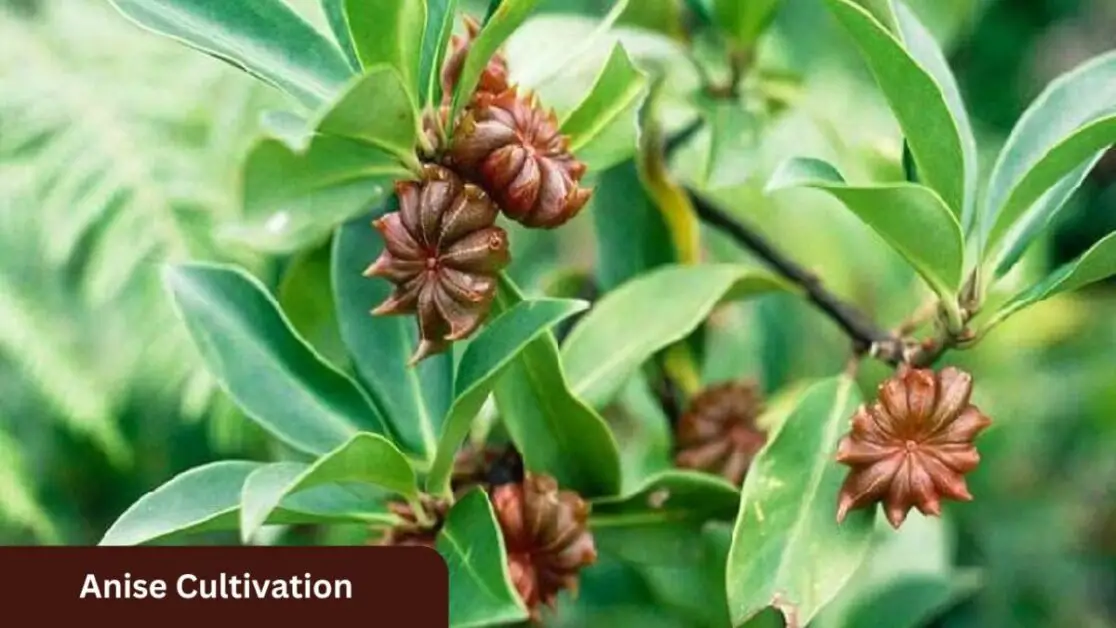
When considering which anise varieties to cultivate in your garden, it is important to choose those that will thrive in your specific growing conditions. One popular option is the “Vulgaris” variety, known for its robust growth and aromatic seeds that are commonly used in cooking and herbal preparations. Another excellent choice is the “Green Carpet” variety, which is prized for its compact size and abundant foliage, making it ideal for small gardens or containers. Additionally, the “Mammoth” variety is favored for its large, flavorful seeds that are perfect for culinary uses and medicinal applications.
For those looking to add a unique twist to their garden, the “Licorice” variety of anise is a great option, as it offers a sweeter and slightly milder flavor compared to traditional anise varieties. Alternatively, the “Floridanum” variety is well-suited for warmer climates, thriving in hot and humid conditions while still producing an abundance of aromatic seeds. Whichever variety you choose, each brings its own distinct characteristics and benefits to the garden, ensuring a diverse and rewarding growing experience for any enthusiast.
here’s a simple table outlining the Anise Cultivation:
| Aspect | Details |
|---|---|
| Plant Name | Anise (Pimpinella anisum) |
| Climate | Warm, Mediterranean climate preferred |
| Soil Type | Well-drained, fertile soil |
| Temperature | 20-25°C (68-77°F) for optimal growth |
| Sunlight | Full sun exposure |
| Planting Time | Spring (after last frost) |
| Planting Depth | 1/4 to 1/2 inch deep |
| Spacing | 6-12 inches apart in rows |
| Watering | Regular, consistent watering |
| Fertilization | Moderate fertilization during growth |
| Growth Period | 120-150 days from planting to harvest |
| Harvest Time | When seeds turn gray-brown, before falling |
| Harvest Method | Cut the seed heads and dry in a cool, dry place |
| Pests | Aphids, spider mites, caterpillars |
| Diseases | Powdery mildew, damping off, root rot |
| Rotation | Rotate crops annually to prevent disease |
Remember that specific practices may vary depending on your location, climate, and local agricultural recommendations. Always consult with local experts or agricultural extension services for the best advice tailored to your area.
Sharing Anise Cultivation Seeds and Knowledge with Other Gardeners
Sharing seeds and knowledge with other gardeners can be a rewarding experience that fosters a sense of community and promotes the spread of valuable information. By exchanging anise seeds, gardeners can diversify their plant collections and ensure the preservation of different varieties. Moreover, sharing knowledge about the cultivation, propagation, and maintenance of anise plants can help fellow enthusiasts achieve success in their gardening endeavors. Collaborating with other gardeners also provides an opportunity to learn from each other’s experiences and techniques, ultimately enriching the overall gardening community.
In addition to swapping seeds and know-how, organizing seed swaps, workshops, or online forums dedicated to anise cultivation can facilitate the exchange of insights and tips among gardening enthusiasts. These communal activities can create a supportive network where individuals can seek advice, troubleshoot issues, and celebrate their successes together. By sharing resources and expertise, gardeners not only contribute to the collective knowledge base but also promote a culture of generosity and collaboration within the gardening community.
How can I share Anise Cultivation seeds with other gardeners?
You can share anise seeds with other gardeners by collecting mature seeds from your plants and offering them to fellow gardeners who are interested in growing anise. You can also participate in seed exchange programs or online gardening forums to connect with other enthusiasts.
Can Anise Cultivation be grown indoors?
Anise can be grown indoors as long as it receives plenty of sunlight and is placed in a well-draining pot. Keep in mind that anise plants can reach a height of up to three feet, so make sure you have enough space for them to grow indoors.
Is Anise Cultivation a good companion plant for other herbs and vegetables?
Yes, anise is a great companion plant for attracting beneficial insects to your garden. It can be planted near vegetables like cucumbers, broccoli, and carrots to help deter harmful pests and promote overall plant health.
How long do anise seeds remain viable for planting?
Anise seeds can remain viable for up to three years if stored properly in a cool, dry place. To ensure the highest germination rates, it’s best to use fresh seeds whenever possible.
Can Anise Cultivation plants be affected by root rot?
Anise plants are susceptible to root rot if they are overwatered or planted in soil that does not drain well. To prevent root rot, make sure to water your anise plants sparingly and ensure that the soil is well-draining.




